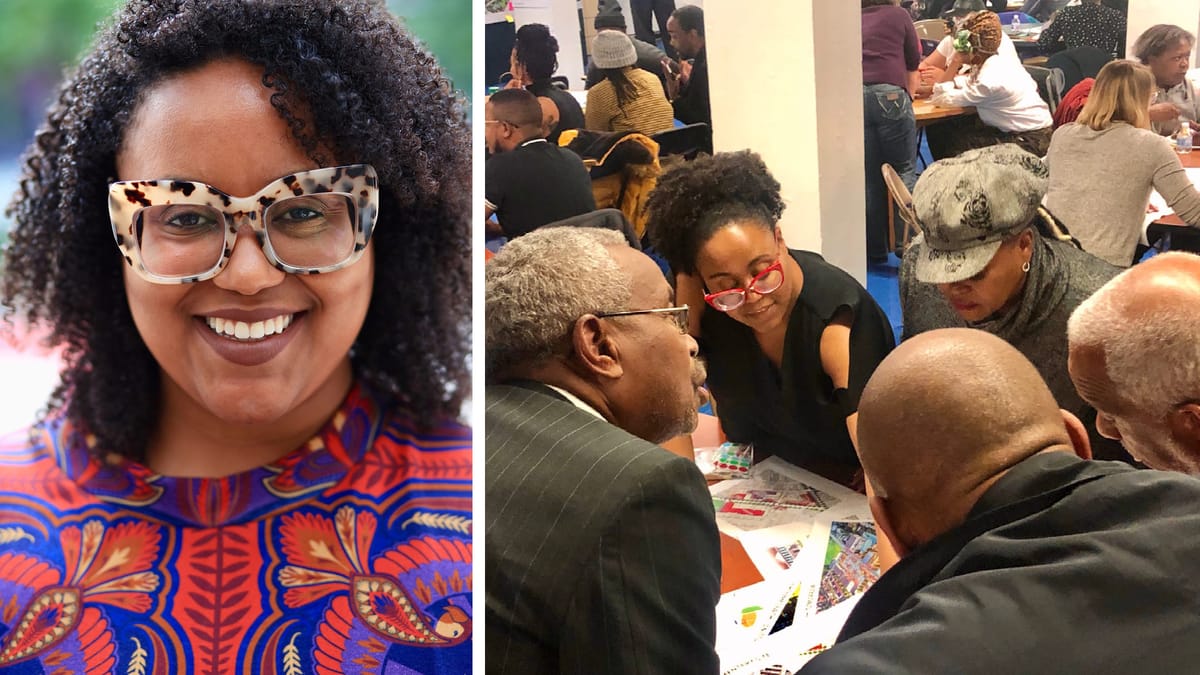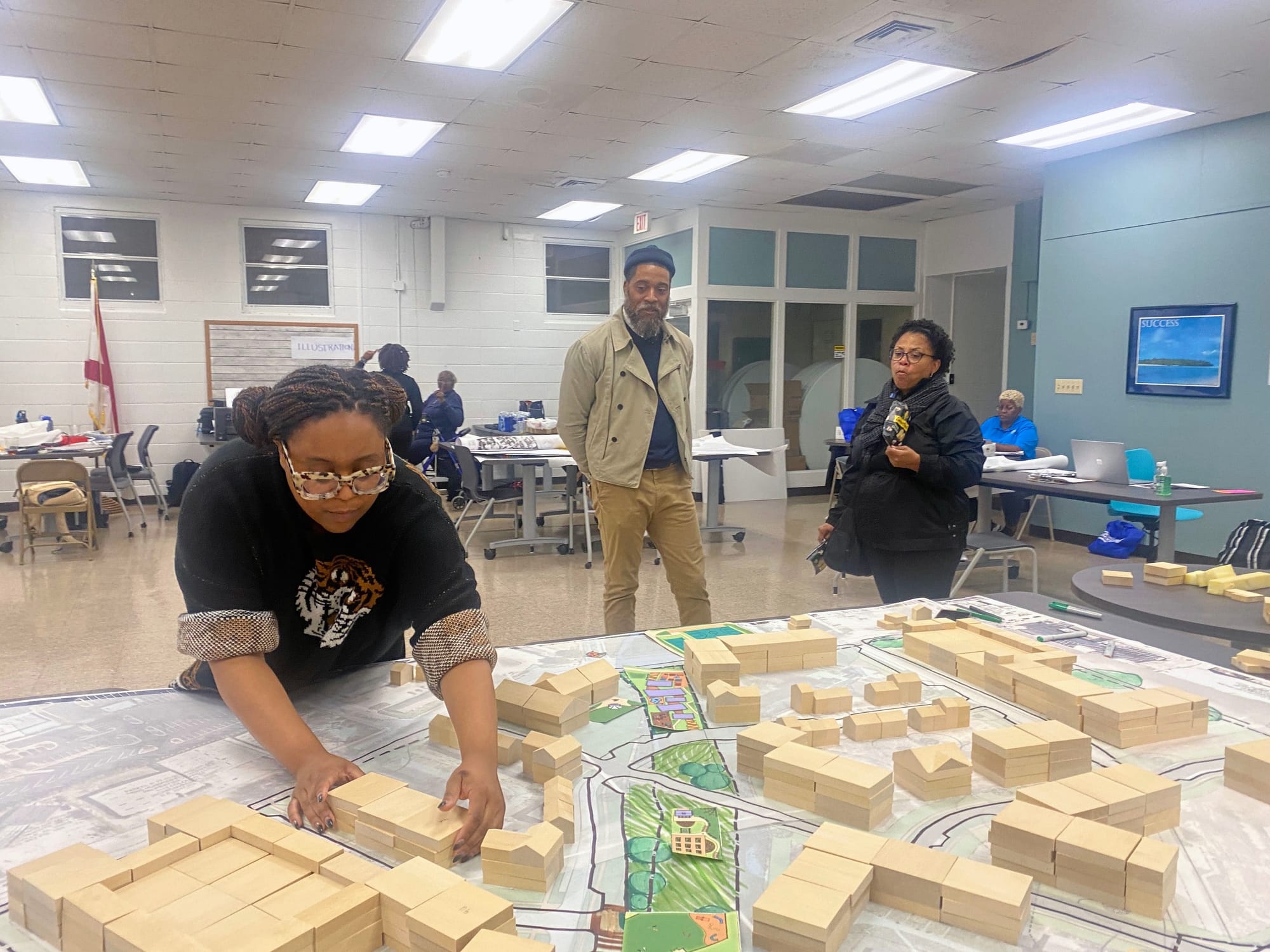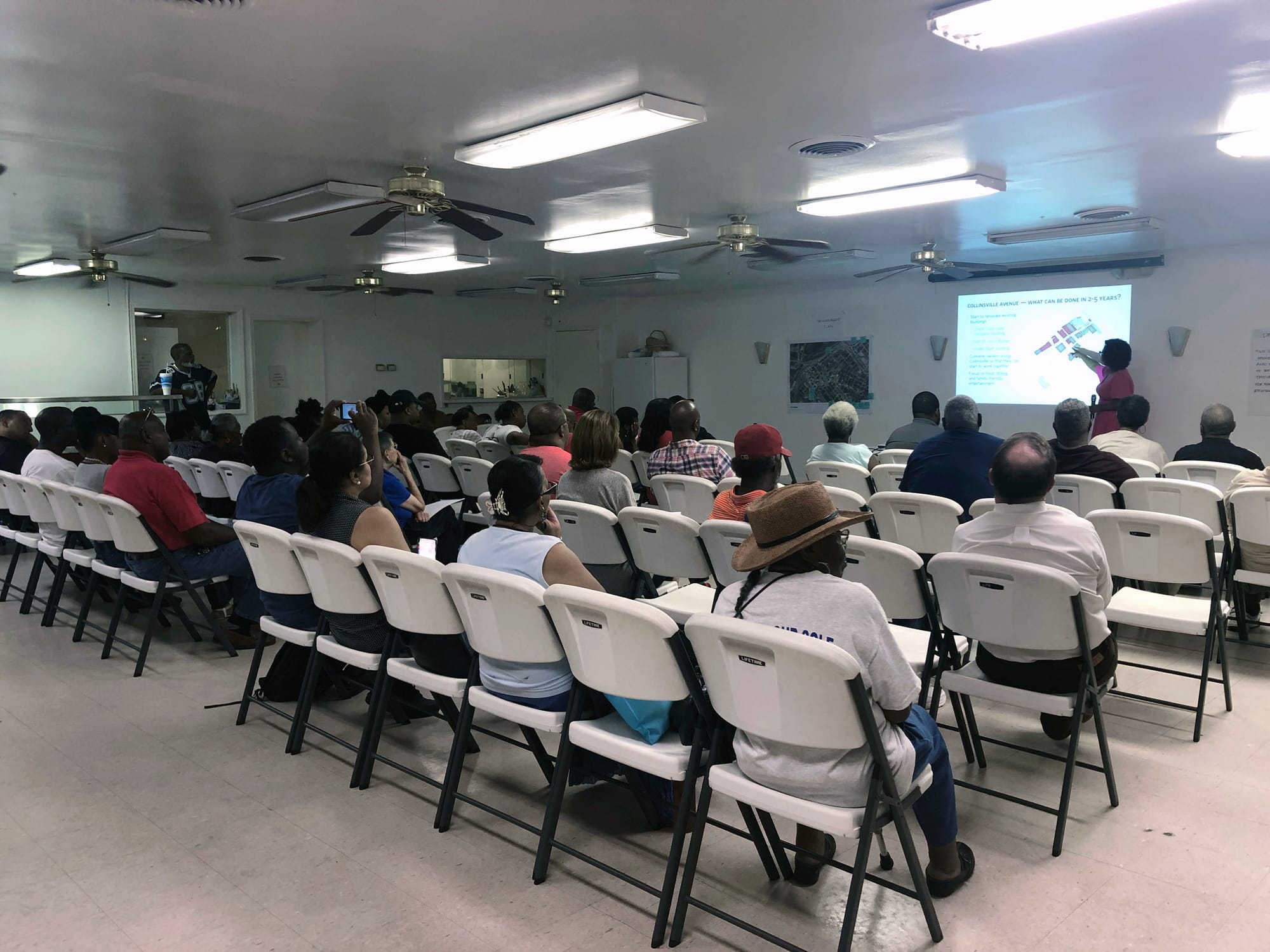Balancing the Personal and Professional Building Blocks of Community with Ashleigh Walton of UDA
How hard work and collaboration come together to produce real-world benefits in diverse communities.

Written by Justice Lewis
Ashleigh Walton is a modern day example of a jack-of-all-trades and living embodiment of the hustle hard, play harder mantra that propels society forward.
As an Architect and Project Manager at Urban Design Associates, Walton has her plate full of responsibilities that some might struggle to comprehend, and yet, she makes room for more.
Being Part of a Community Helps you Understand Others
“Personally, I’m a downtown resident in Pittsburgh, so that’s my neighborhood community. I own a greyhound, and they’re quirky dogs that lead to a community of their own. I’m a runner, painter, urbanist, architect, and great lover of plants; all of these have their own communities that I’m proud to be part of! I also am privileged to have a close group of friends and a global church community.” Says Walton.
Being part of all of these communities is something Walton wears as a badge of honor, and it’s no surprise she is able to juggle all of these interests when her passion for each individual group is so tangibly felt by anyone who has the pleasure of meeting her.
This passion has allowed Walton to make a career out of community engagement through her work with UDA, where there’s a method to effective building that transcends mediums.
Our step-by-step Process for Community Involvement
“We follow a three-step process: listen, test, and decide. We’ll arrive in a community and listen to the priorities and visions of community stakeholders and residents. We also study and analyze places to identify unique patterns and opportunities to improve connectivity and vibrancy. In the testing step, we often work in a charrette model (short intense design workshops with stakeholder and community involvement).” Says Walton.

The true mark of an effective community member is their ability to take the initiative to not only engage but to take the tools they have at their disposal and share them for the benefit of others. Walton is no stranger to this principle and has several helpful tips to share for anyone looking to expand their community engagement skills.
Walton says, “We test possible ideas through visualization, guided by the input we’ve heard. In many of these processes we’re acting as translators, illustrating a community’s vision on paper and allowing for their ideas to be incorporated in real time.”
The way Walton prioritizes the larger and more complicated ideals that make community enrichment worthwhile is admirable, especially considering she seeks tangible impact that improves the quality of life for marginalized communities.
Community Engagement can Improve the Future of Public Housing
When asked about UDA’s approach to the affordable public housing crisis, Walton said, “Improving equity, access to housing, and quality-of-life is at the core of everything UDA does. UDA has been involved in the redesign and stabilization of public housing neighborhoods since the early 1990s. Since then, we’ve become a leader in designing mixed-income neighborhoods… An important aspect of mixed-income neighborhoods is strong urban design with safe, walkable streets and blocks that connect to the surrounding amenities.”
In her pursuit of a stronger community, Walton and her colleagues have found a process for addressing community member complaints in a way that is helpful, sustainable, and genuine. “The key is to be thoughtful, honest, and as transparent as the situation allows for.”

Addressing conflict of any kind can be stressful and unnecessarily confrontational, all anyone wants is to feel heard and seen. Here is the perfect instance to use Engage, where members have the opportunity to initiate comments, questions, and concerns in a more casually anonymous manner where collaboration lends itself to that of a suggestions box approach.
“We know an engagement process has been successful when people tell us they feel heard, and they see their input reflected in the plans and recommendations. At UDA, we balance the need for quality and quantity in engagement processes.
To understand complex issues, it helps to have both in-depth conversations that allow us to deeply listen to stakeholders’ priorities and tools that can reach a broader audience such as surveys, online interactive tools, and virtual meetings.”
The Tools and Methods for Shaping Hands-On Engagement
Walton cites using creative platforms such as Social Pinpoint and Hello Lamppost as tools used to bolster community engagement. Consider using these tools alongside Engage in your own community organization to give your members the opportunity to collaborate and grow!
These intricacies may seem insurmountable but according to Walton there are even simpler ways to make an impact that she and other community leaders utilize in their quest for a better tomorrow....
Do what you can, every action has a reaction that, if we all work together, can make a positive difference.
